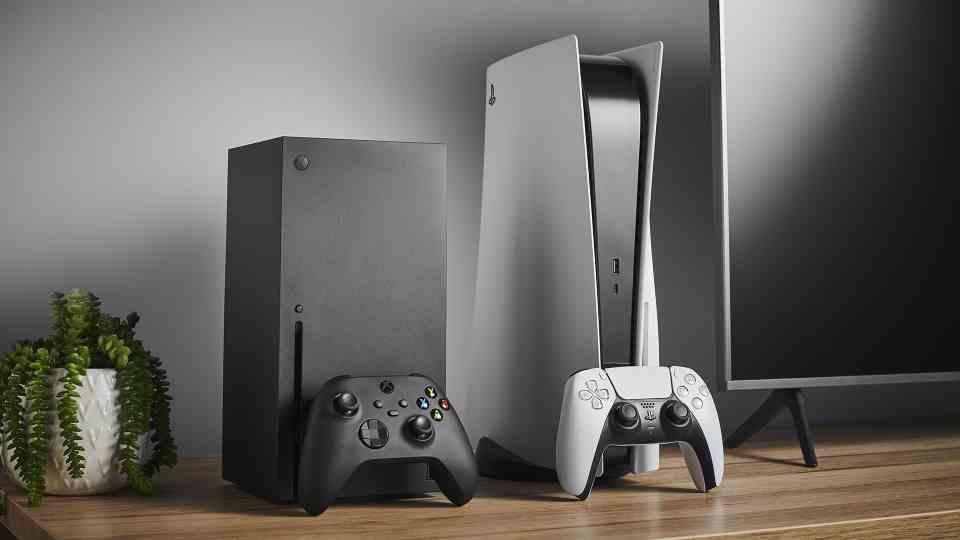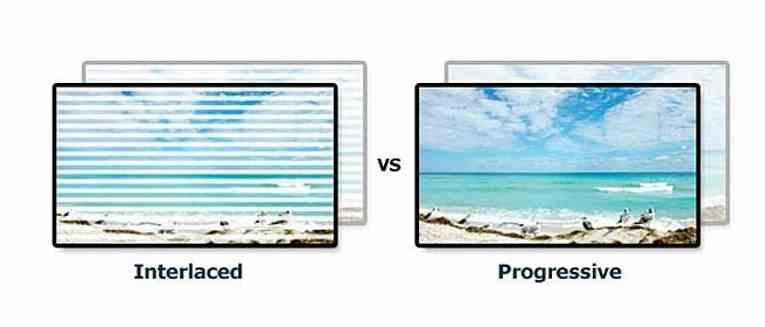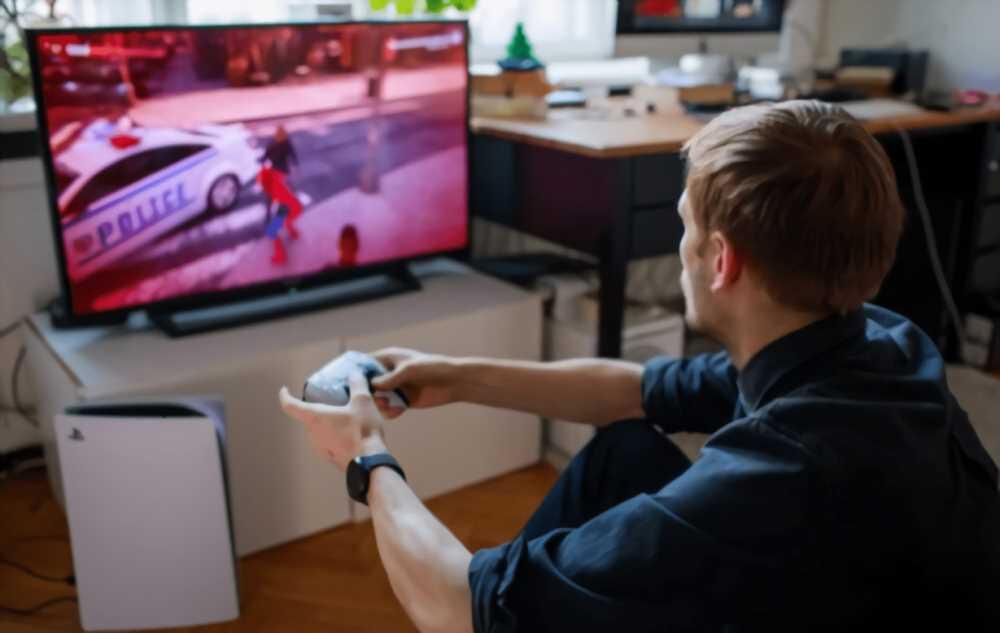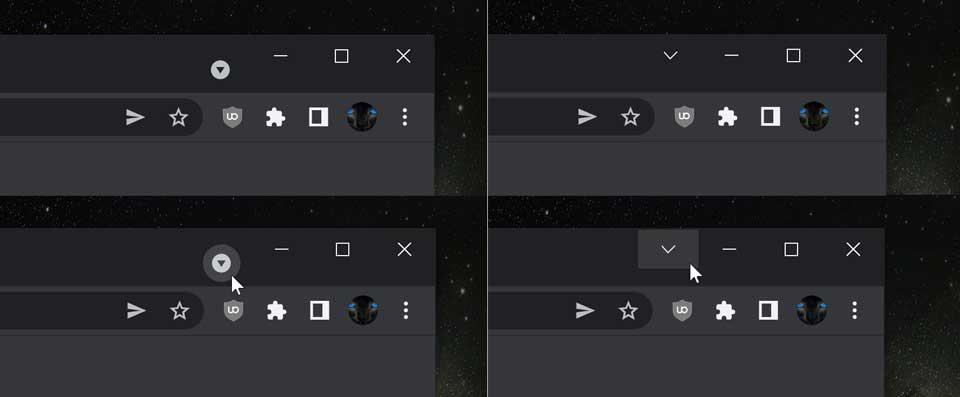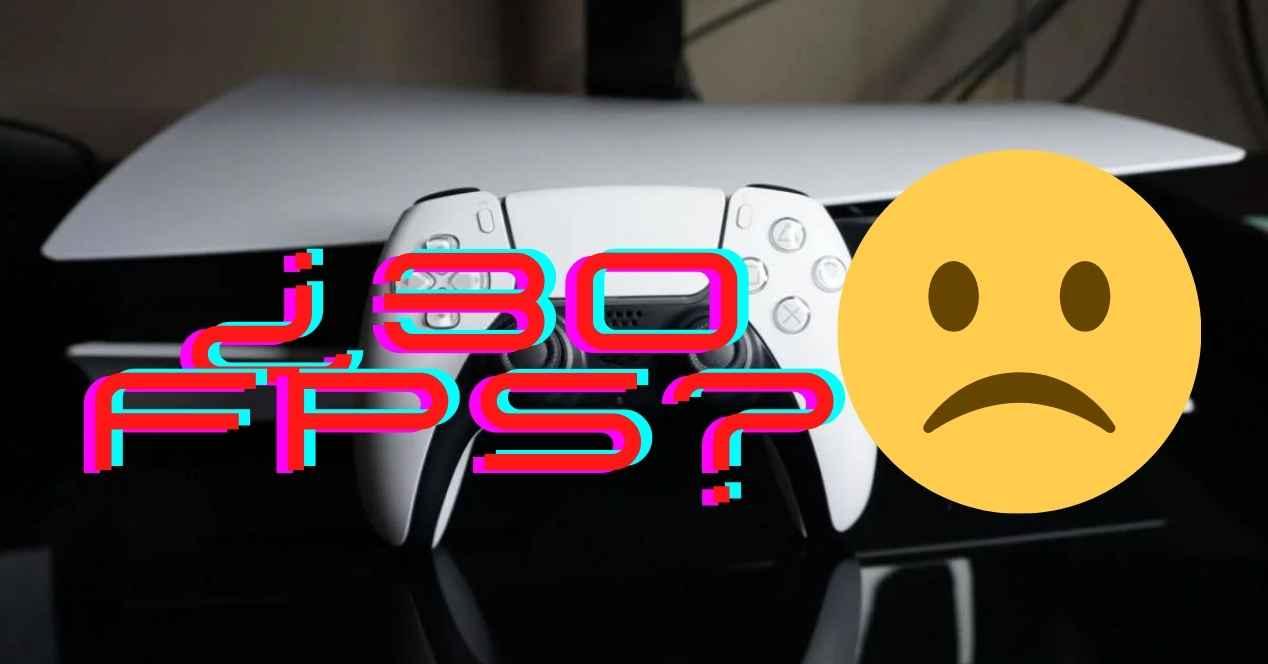
Many are the titles that due to technical limitations with the new generation consoles are appearing at 30 FPS, an update speed that for a time was acceptable due to the limitations on televisions, but today this has no justification to be . However, the consoles, with PS5 in the lead, are starting to become the ambassadors of this frame rate again and we think it would be time to put it aside.
The missed opportunity of PS5 and Xbox Series
Such is the difference in performance that many console games usually have two graphics modes, one for performance in which you can see the graphics at 60 FPS and another called fidelity where you can play at 30 FPS. The problem with all of this? As of today, and since we haven’t really seen a major generational leap in gaming, 30 FPS shouldn’t be acceptable, but there are already people justifying it as normal and acceptable. Instead of wondering if games should be better optimized.
And it is that consoles are supposed to be where developers can better optimize the code, in addition to having a series of advantages over PC, like now:
- Everyone has an 8-core and 16-thread serial processor at more than 3 GHz, on PC the worst configurations tend to dominate and for this we only have to look at the Steam statistics.
- Unfortunately, the most used graphics card on PC is still the GTX 1060.
So the consoles had a golden opportunity to show superiority over the PC for the first time for the general public, but especially to be able to enjoy games at 60 FPS on consoles after several limited generations in that regard. Especially since the processor limitations of the previous generation of consoles no longer exist.
The myth of 30 FPS as more cinematic
To understand it we have to go back to the era of tube monitors, the first to be used in computers were NTSC televisions, but without a tuner. So they could reach 60 frames per second, but in interlaced mode, that is, with half the number of lines possible and therefore with the information of two frames a complete frame was built. Then came the EGA monitors and later the VGA ones, which allowed 60 frames per second. We have to start from the basis that at that time two frames in interlaced were one frame and in progressive we had the same number of frames as frames.
This led to a paradox, console games had lower resolution, but were updated at 60 Hz and therefore 60 frames per second. While the rest of the audiovisual content did so at 30 full frames per second. Which led to the idea that audiovisual content was designed to go at that speed. Which is false, rather it was due to limitations of technology.
Today and thanks to LCD, OLED screens and their variants, images are displayed in progressivethat is, in a complete frame and with a refresh rate of at least 60 Hz. So it makes no sense to continue using 30 FPS in games with the excuse of a “more cinematic experience” and more when we have been using these screens for more than a decade.
Why is 30 FPS a problem on PC?
A shorter response time to a button press makes for much better immersion in games, since our brains are designed to see our actions immediately when we do them. A wait of 33 milliseconds after pressing a button is at least acceptable, but a longer one is no longer acceptable and that is why games feel slow when they go below 30 FPS. If a title runs at that speed, then any drop destroys the experience.
It is more than proven that the update speed for our brain to be comfortable and feel that the action occurs smoothly is less than 20 milliseconds, the 60 FPS complies with it. On the other hand, you want to seek to promote the mode at 40 FPS, but this is 25 milliseconds per frame. Of course, it is 1/3 of the 120 Hz that allows the HDMI connection on consoles. Actually, it is something that seems insufficient to us.
Conclusions
The conclusion we reached is that the new generation consoles are technically a fiasco, the visual leap had to be made in lighting thanks to Ray Tracing, but a terrible implementation due to the limitations of the RDNA 2 architecture and a very poor jump in power has made us stay halfway. Worst? The number of effortless conversions that are made for PC, of games that well optimized could run without problem, at 60 FPS.
At the moment many games show 60 FPS and 30 FPS modes, however, we believe that the existence of a single 30 FPS mode is the demonstration of its limitations once again.
